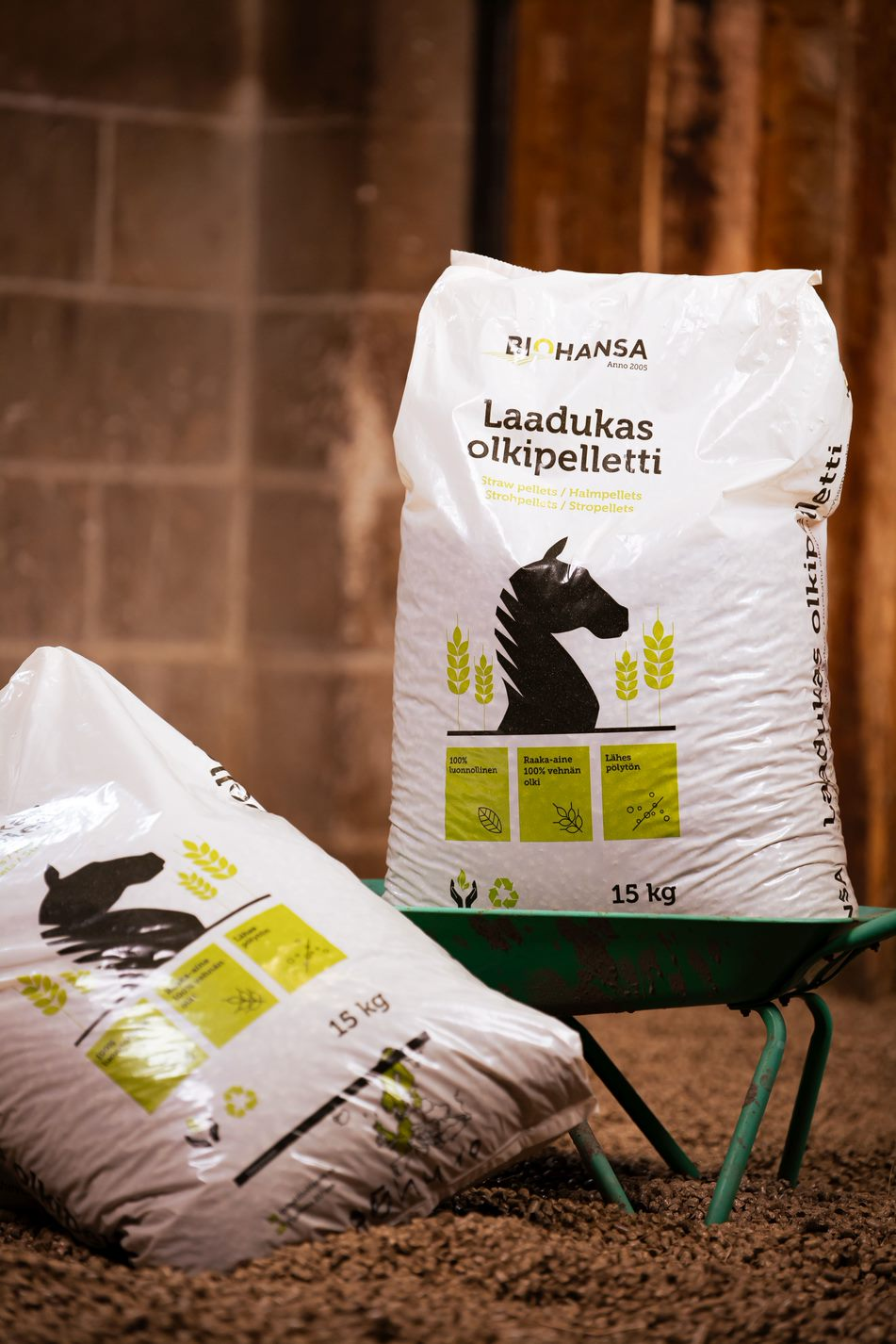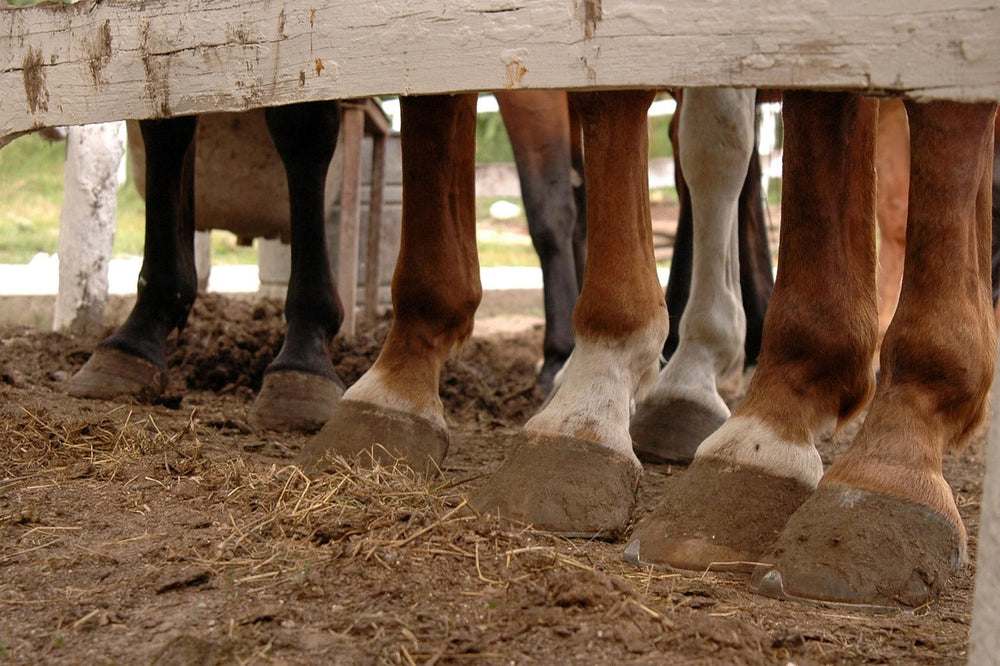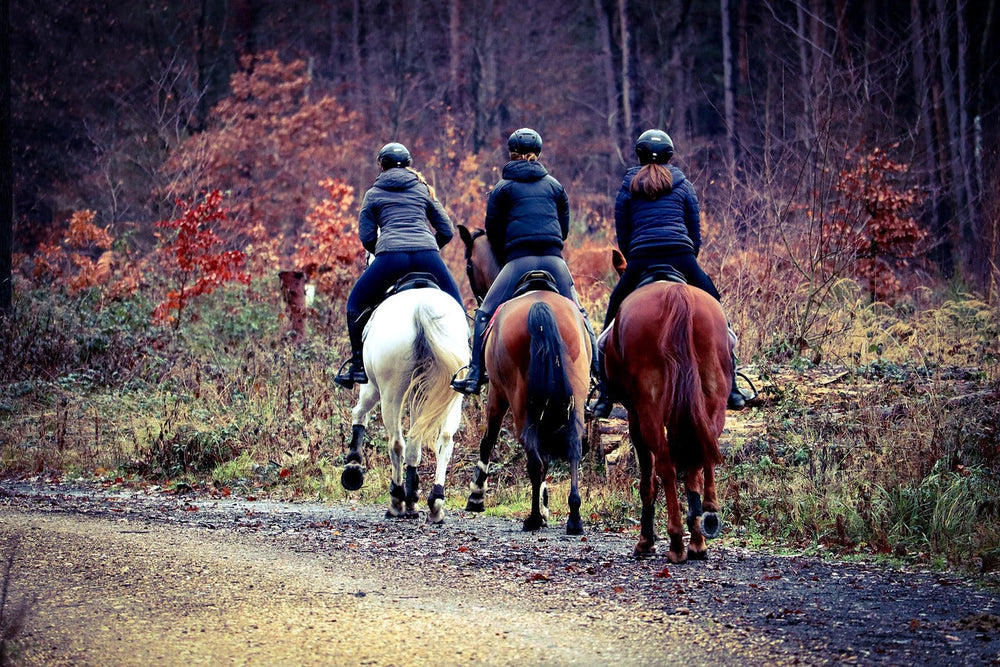
Autumn brings with it darkening evenings and the approaching winter also brings changes to the daily lives of horses. The grazing season is left behind and we gradually move towards indoor feeding and winter care routines. Many horse owners know that autumn is not only about admiring the autumn colors, but it is also the time when the groundwork for the entire winter season is laid.
During the summer grazing season, the horse gets most of its nutrition directly from the pasture. However, as autumn progresses, the grass loses its nutritional value and this is the moment when the importance of hay and other roughage increases.
The change should be made gradually so that the horse’s sensitive digestive system remains in balance. Sudden changes can cause colic, and that is something no horse owner wants to face. Proper feeding, maintaining health, and preventive measures ensure that the horse stays well throughout the winter season.
The need for vitamins and minerals in autumn
After the grazing season, the horse needs additional vitamins, especially vitamins A and E, as well as a sufficient amount of minerals. A good mineral and vitamin supplement supports immunity, muscle function, and overall well-being.
Salt intake should also be ensured. A mineral block or salt block in the paddock or stall is a good basic solution.
What vitamins are needed and what do they affect?
Vitamin A: Important for vision, mucous membranes, and immunity.
Vitamin E: Acts as an antioxidant, supports muscles and the nervous system.
Vitamin D: During the dark season, horses only get it from supplements. It affects, among other things, bone and metabolic health.
Minerals (calcium, phosphorus, magnesium, zinc, selenium): Maintain bones, muscle function, and overall health.
If you are unsure what your horse needs, it is advisable to have the hay analyzed and adjust the feeding accordingly.

Mud fever and its prevention
Autumn moisture and muddy paddocks increase the risk of mud fever, which is a skin infection of the legs. It is a bacterial infection that occurs when the horse’s legs are exposed to prolonged moisture and dirt. Small wounds form in the skin, through which bacteria enter. As a result, scabs appear on the leg, hair falls off, and the skin becomes inflamed.
Prevention of mud fever emphasizes good drainage of paddocks, careful drying, and keeping the legs clean. If signs of mud fever appear, treatment should be started immediately before the infection worsens.
How to prevent mud fever?
Ensure that paddocks remain as dry as possible.
Dry the legs carefully after riding and washing.
Avoid unnecessary use of detergents, as they dry out the skin and may damage its protective layer.
If the horse stands in wet conditions a lot, protective creams can help keep the skin healthy.
Absorbent bedding, such as straw pellets, shavings, or peat, keep the stall drier and reduce the soaking of legs in moisture. Less absorbent bedding or too little bedding leaves the legs standing on wet ground, which increases the risk not only of mud fever but also of other skin infections and hoof abscesses.
Coat care in wet weather
In autumn, the horse also starts to grow a thicker winter coat. Shedding can be seen as a large amount of loose hair on brushes and blankets. Many owners know how hairy clothes get in autumn!
Moisture brings its own challenges. Wet and dirty outer hair can cause skin problems such as dandruff or fungal infections. Groom your horse regularly so that air circulates through the coat, and avoid leaving the horse standing wet without drying or a drying blanket. On nasty rainy days, a turnout rug protects from most of the wetness.
If the horse sweats a lot during exercise because of the thick coat, clipping may be a good solution. However, rugging then needs to be managed carefully.
Although autumn brings darkness, exercise should not be neglected. Regular exercise helps both the body and the mind prepare for the long winter. Autumn is the time when investing in your horse’s well-being is worthwhile.
Proper feeding, vitamins, good leg care, and careful coat care help the horse transition into winter healthy and in good condition. With small routines, big problems are avoided, and at the same time, autumn becomes more enjoyable for both parties.






